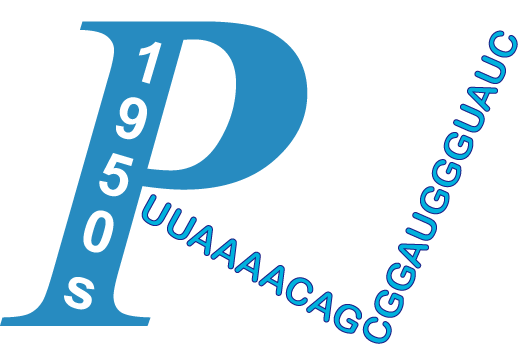| Title | Respiratory syncytial virus and asthma: speed-dating or long-term relationship? | ||
| Author | Piedimonte, Giovanni | ||
| Journal | Curr Opin Pediatr | Publication Year/Month | 2013-Jun |
| PMID | 23657245 | PMCID | PMC3889210 |
| Affiliation | 1.The Cleveland Clinic Pediatric Institute and Children's Hospital, Cleveland, Ohio 44159, USA. piedimg@ccf.org. | ||
PURPOSE OF REVIEW: Respiratory syncytial virus (RSV) is the most common respiratory pathogen in infants and young children worldwide. Furthermore, epidemiological evidence has been accumulating that RSV lower respiratory tract infection in infants may be linked to subsequent development of recurrent wheezing and asthma in childhood. This article reviews the epidemiological evidence linking RSV and asthma and some new hypotheses of the cellular and molecular mechanisms of postviral airway inflammation and hyperreactivity that have been proposed to explain the epidemiological link. RECENT FINDINGS: New epidemiological studies have suggested that viral pathogens other than RSV, especially human rhinoviruses (HRV), may play an important role in the inception of atopic asthma. Also, recent experimental evidence is challenging the widely accepted axiom that RSV is cleared from immunocompetent hosts within weeks from the onset of the infection. In particular, bone marrow stromal cells may be a frequent target of human RSV infection, develop structural and functional changes when infected, participate actively in the pathogenesis of the acute disease, and harbor the virus chronically, allowing persistence of the infection. SUMMARY: RSV - and possibly other common respiratory pathogens - play an important role not only in the exacerbation, but also in the inception of asthma. The latter effect may involve the persistence of latent virus in extrapulmonary tissues, similar to what has been recently found for some bacterial species. The most immediate consequence of these discoveries is that future prophylactic and therapeutic strategies for common infections caused by viral or bacterial pathogens may have to address the coverage of remote sites of latent persistence or replication, in order to avoid chronic sequelae-recurrent wheezing and asthma.
